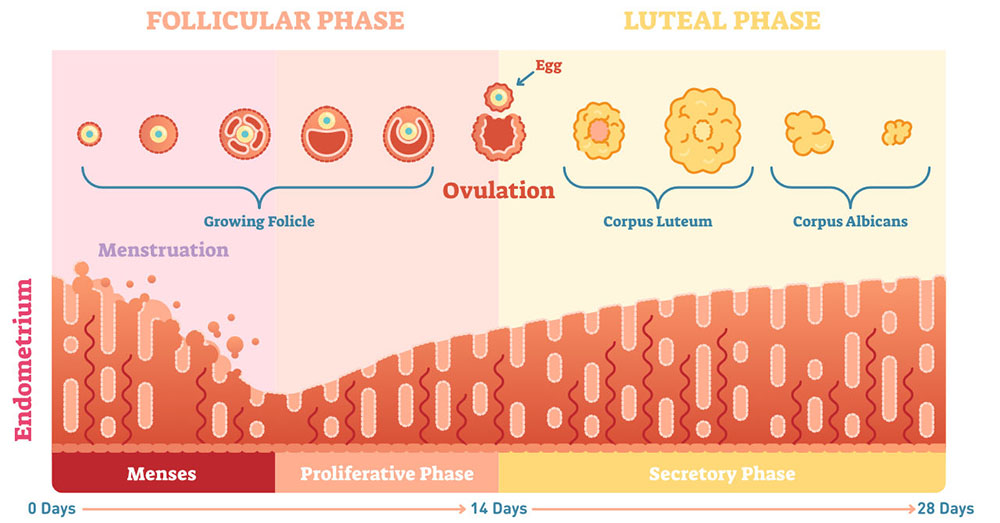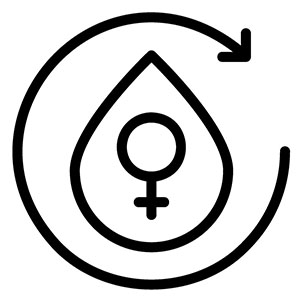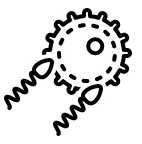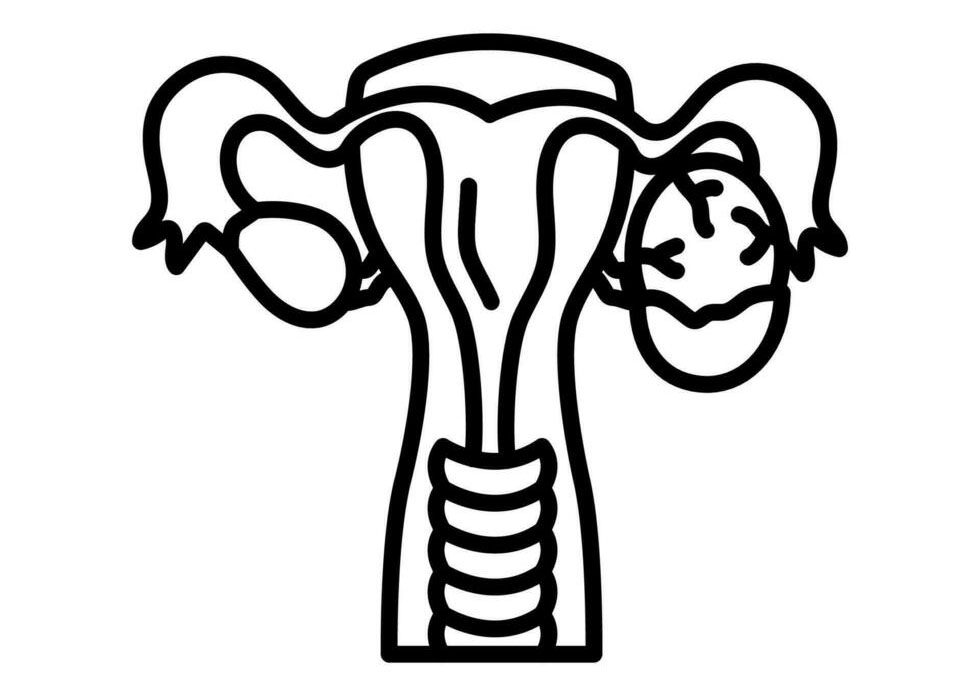- All it takes is just a drop of saliva
Knowing your ovulation cycle is important for your overall health and reproductive well-being. Whether you’re planning to start a family or simply want to know your body better, having a clear grasp of your ovulation cycle can help you to make informed decisions about your health and fertility.
The egg is only viable for about 24 hours after ovulation, making this the most fertile time of your cycle.
Hormonal changes during ovulation can influence your well-being, from mood to skin condition.

Regular ovulation is a sign that your reproductive system is functioning properly.
Ovulation can be detected by various signs not readily discernible by anyone other than the woman experiencing them. Women nearing ovulation experience changes in their cervix and the mucus it produces along with their basal body temperature.
Many women also experience secondary fertility signs including Mittelschmerz (pain associated with ovulation), a heightened sense of smell and sexual desire in the days immediately leading up to ovulation.
Some studies suggest women subtly improve their facial attractiveness during ovulation.


During this phase is when the lining of your uterus comes out through your vagina. What comes out is a mix of blood, slippery fluid called mucus, and tiny bits of the uterus lining. Most women have their period for 3 to 7 days.

This phase begins on the first day of your period (overlapping with the menstrual phase) and continues until ovulation. During the follicular phase, your pituitary gland releases follicle-stimulating hormone (FSH), which stimulates your ovaries to produce several follicles. Each follicle contains an immature egg, but usually, only one will mature. As the follicles grow, they release estrogen, which helps rebuild the lining of the uterus in preparation for a possible pregnancy.

During this phase is when the mature egg is released from the ovary. It typically occurs around day 14 of a 28-day cycle, but this can vary widely among women.

After ovulation, the ruptured follicle transforms into the corpus luteum, which produces progesterone. This hormone prepares the uterus for pregnancy. If you do get pregnant, you won’t have a period. If you don’t get pregnant, you’ll have your period, and the whole cycle will start over again.
Once your egg has been released from the ovary, it is swept into the fallopian tube. Sperm that reach the egg while in the fallopian tube surrounds it and releases a digestive enzyme to weaken the wall of the mother egg. When a sperm penetrates the outer wall of the egg, the race is over. Having sexual intercourse any other time of the month to get pregnant is less productive because of this narrow window of opportunity.
This is why the KNOWHEN® Advanced Saliva Ovulation Test is an excellent monitoring tool when you want to become pregnant. It is reusable everyday which saves you the cost of buying single use ovulation test strips and also comes with a lifetime guarantee.
To increase your chances of conceiving through a natural contraceptive method, you should know your ovulation cycle which can vary from person to person.
Sperm can only live up to 72 hours, so having intercourse within 72 hours before ovulation, the day of ovulation, and/or the day after ovulation can significantly increase your chances to conceive, but only if you know your ovulation cycle.
Learn more about our Advanced Saliva Ovulation Test which includes a Fertility Monitor App giving you a natural contraceptive for family planning.
It becomes clear, slippery, and stretchy, resembling egg whites.
Your temperature rises slightly after ovulation.
Some women experience a twinge or mild discomfort on one side of their lower abdomen.
Nature’s way of encouraging procreation during your most fertile time.
Hormonal changes can cause your breasts to feel sensitive or sore.
Some women report feeling more energetic or positive around ovulation.
Excellent product! I am using it along with the Billings ovulation method and it is just a perfect combination for me since the Billings method tells me my fertile days and this one not only knows when I am fertile but also when I am ovulating!

The KNOWHEN® saliva test has been a fantastic addition in our quest for pregnancy. It is so empowering to have a visual component to see your own hormone changes and predict fertility. It is so much cleaner to use and less wasteful than the plastic monitors and plastic urine sticks.

This product empowers women to have reliable information regarding their fertility. Knowledge is power and this gives reliable information to all who use it. I give it to my family and friends who want to know when they are fertile to conceive and those who want a non-invasive and drug-free form of birth control.


The KNOWHEN® Ovulation Test tracks your ovulation using only a drop of your saliva. It identifies your five (5) most fertile days and the best days in your ovulation cycle if you’re trying to conceive.